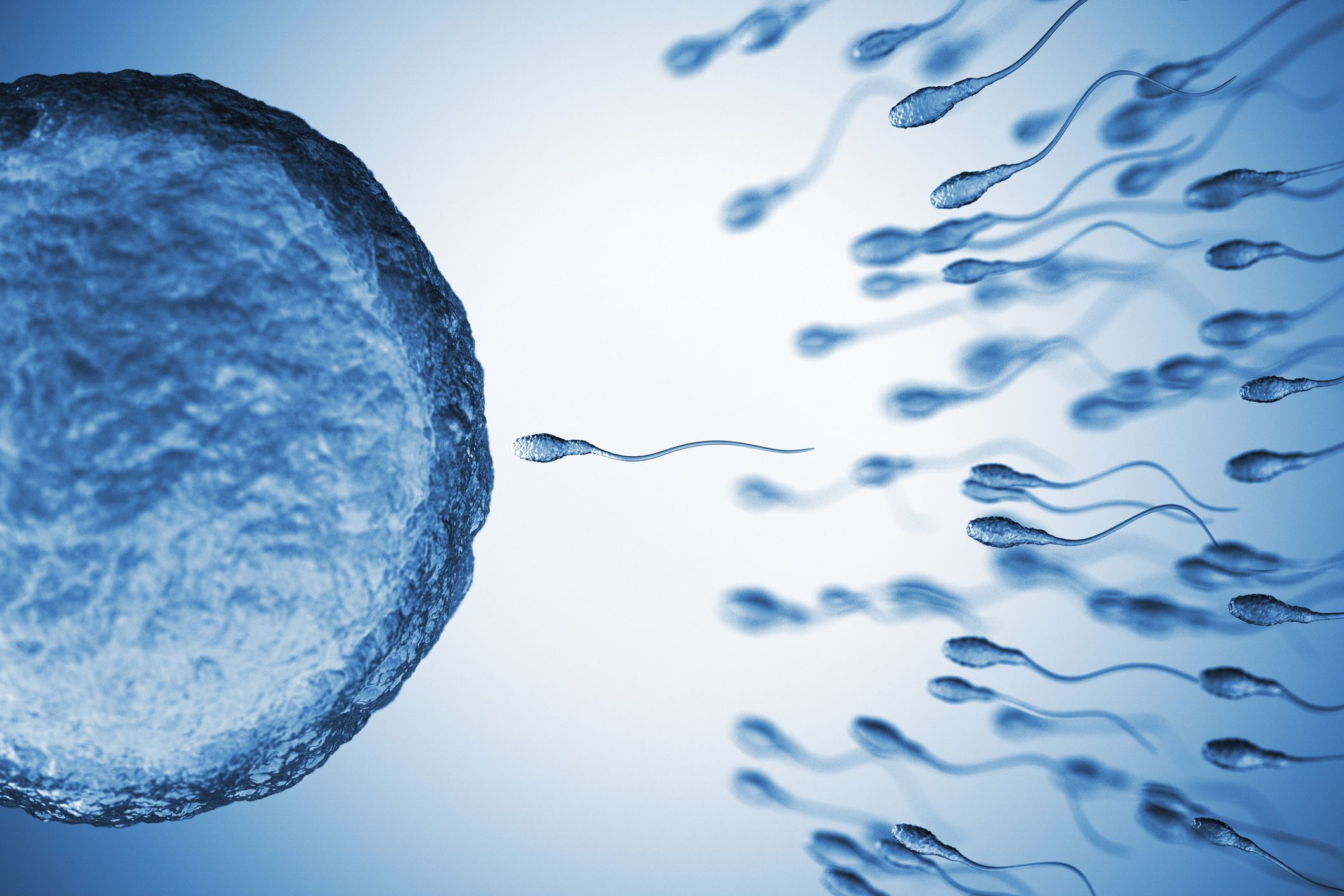All products featured on WIRED are independently selected by our editors. However, we may receive compensation from retailers and/or from purchases of products through these links. Learn more.
Human semen not only accumulates genetic mutations with age; as the percentage of sperm carrying potentially serious mutations increases, so does the risk of developing diseases in offspring.
This is according to a new study by researchers at the Sanger Institute and King’s College London. The team sequenced semen samples from individuals between the ages of 24 and 75, using very high-precision technologies, and found that the male germ line (the line of cells that produce sperm) is subject to a combination of mutation and positive selection.
The scientists used a duplex sequencing technique called NanoSeq, which can detect rare mutations with a very low margin of error. This allowed them to analyze 81 sperm samples from 57 donors. The results showed that a man’s sperm adds an average of 1.67 new mutations every year.
But the most striking aspect of the study is not limited to the mere accumulation of mutations with age. The authors discovered that the male germ line is subject to positive selection. That is, certain mutations offer an advantage to cells that produce sperm and expand. They identified that many of these mutations are in genes related to developmental disorders or a predisposition to childhood cancer.
“We expected to find evidence that selection influences mutations in sperm,” said Matthew Neville, coauthor of the study published this month in the journal Nature. “What surprised us was how much the number of sperm carrying mutations associated with serious diseases increases.”
What Does This Mean for Children of Older Fathers?
The researchers estimated that about 3 to 5 percent of sperm from middle-aged and older men carry some potentially pathogenic mutation in the exome (the coding part of the genome). That represents a higher risk than previous estimates. In more concrete numbers, the estimated fraction for men in their thirties was close to 2 percent, while it reached about 4.5 percent for men in their seventies.
From the evolutionary and clinical perspective, the implications are significant. Evolutionarily, it shows that the male germ line is not simply a “machine” that accumulates errors: There is a dynamic process of mutation and selection that can modify the genetic “quality” of the sperm with the age of the father.
On the clinical side, however, it raises questions about reproductive planning, genetic counseling, and the additional risks associated with an older father. The authors argue that although the percentages remain modest, the the accumulation is not only linear but also has a selection component that favors mutations with the potential to spread.
“It is often assumed that, because of its low mutation rate, the germ line is well protected,” said Raheleh Rahbari, lead author of the study. “But in reality the male germ line is a dynamic environment where natural selection can favor harmful mutations, sometimes with consequences for the next generation.”
However, the authors caution that just because a mutation is present in sperm does not guarantee that it will indeed be inherited or cause disease. Many such mutations could prevent fertilization in the first place, cause embryonic loss, or not manifest clinically.
In short, this work is a reminder that the paternal “genetic clock” also counts, and in a more complex way than previously considered.
“Our findings reveal a hidden genetic risk that increases with paternal age,” said Matt Hurles, director of the Sanger Institute, in a statement. “Some changes in DNA not only survive but thrive within the testes, meaning that fathers who conceive later in life may unknowingly have a higher risk of passing on a harmful mutation to their children.”
This story originally appeared in WIRED en Español and has been translated from Spanish.



